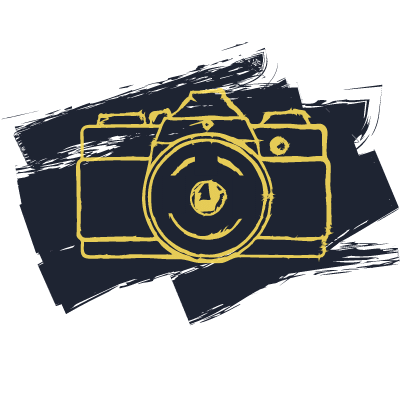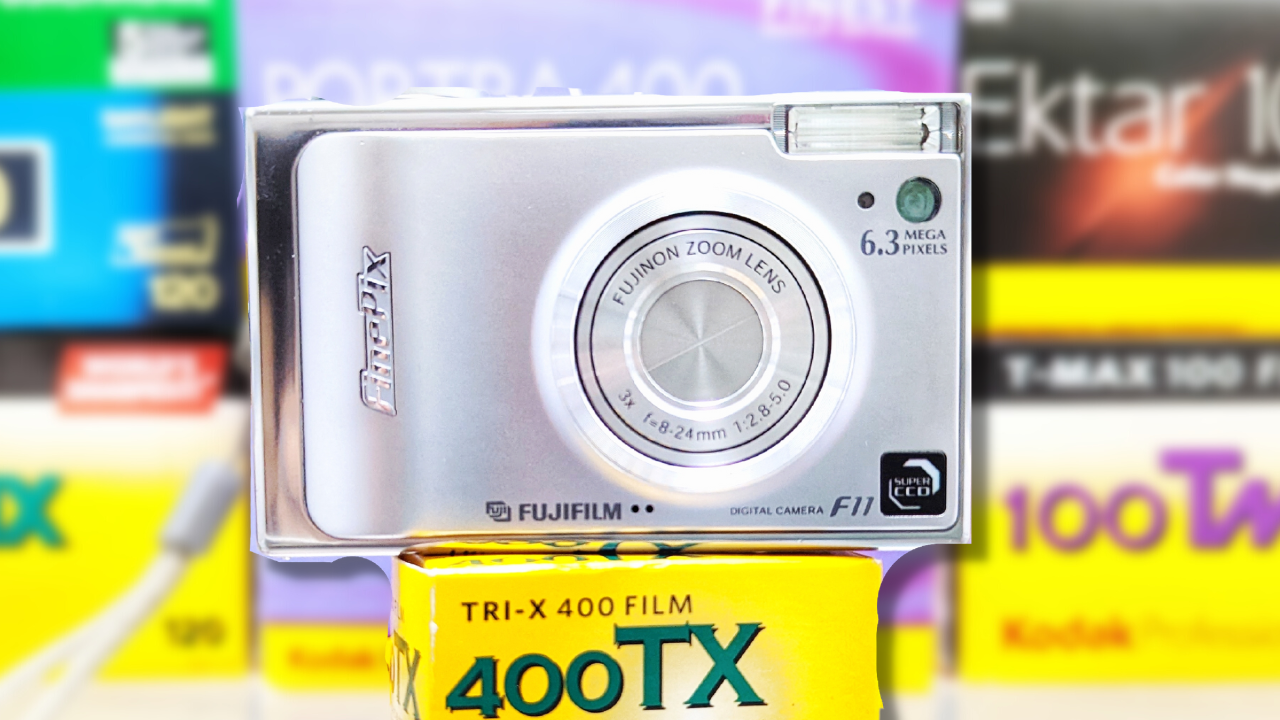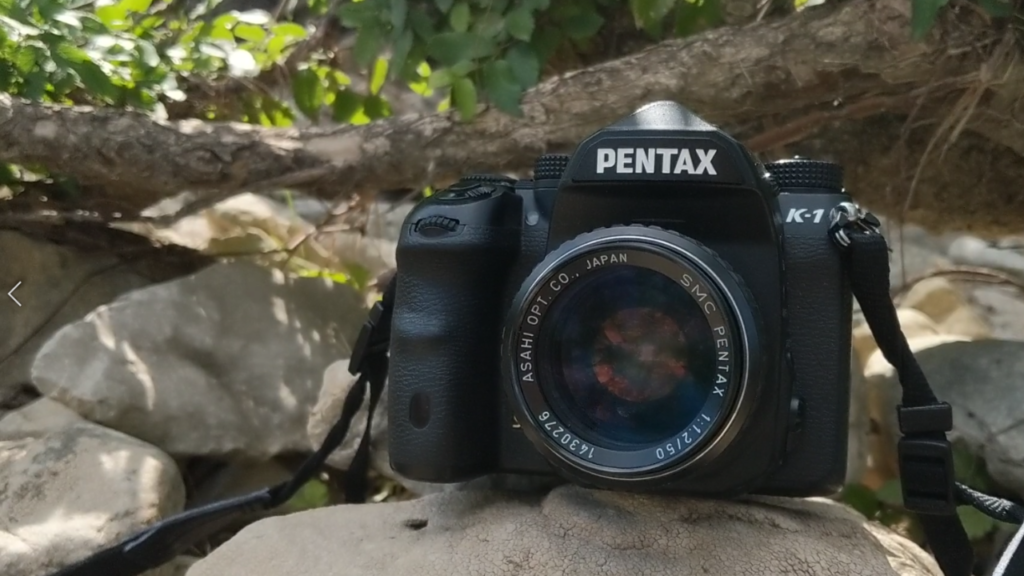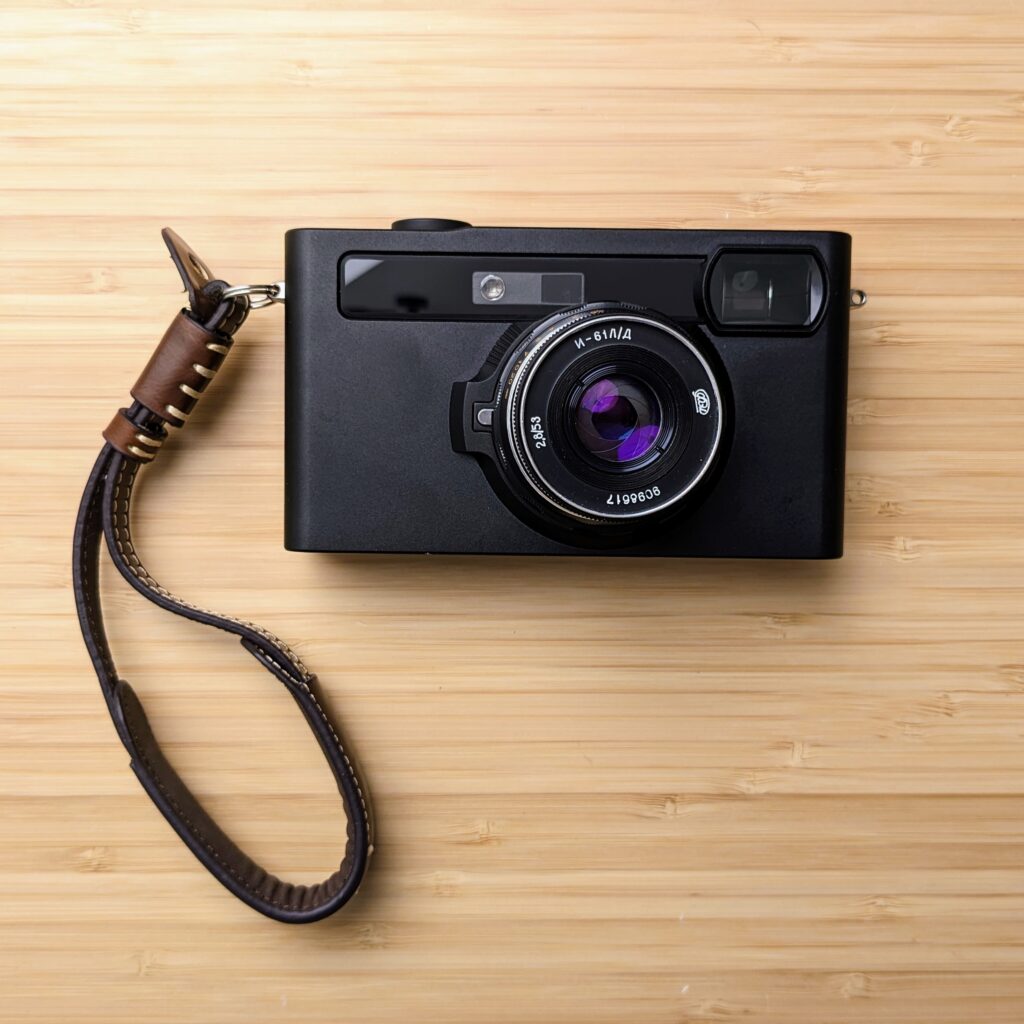Hear me out on this one, because it’s something I’ve given a lot of thought to. If you haven’t already heard of the digicam craze, then you’re already a little late. Like film resurged in popularity a number of years ago, certain old digital cameras are already starting to double or even triple in price. But the question arises, why? I mean, is there really anything to these old junk drawer cameras? And how is this craze anything like the film resurgence?
What is a “digicam”?
Admittedly the term digicam is confusing and can mean different things to different people… in different times. You see, digicam isn’t a new thing. In the 90s it simply meant a digital camera. Nowadays it’s almost a term of endearment, and refers to any older digital camera resurfaced. And if I am following the trend correctly, which I honestly doubt, then the older and quirkier the camera, the digier it is.
(Digier is not a word, but my attempt at labeling the trendy old cameras).
And the trend is big. I am waist deep in it (literally, if you threw all the cameras I owned into a kiddy pool) and just getting started. I shoot with more older cameras than I do my perfectly capable newer cameras. I even started a new website dedicated to cataloging and searching older digital cameras, classiccameradatabase.com.
A quick search on instagram for the hashtag #digicam or #digicamlove provides insights into something that is much larger than myself or even North America. Across the world photographers are picking up cheap old cameras in an underground movement in search of… something.
Here’s an example of a digicam I have been photographing with. It’s a 2005 Fujifilm F11. A fairly unassuming pocket camera you may find in your parents junk drawer. I picked it up in an eBay junk lot (that I profited from massively, by the way), but it represents a camera many in the digicam craze would search out and buy just for itself. We’ll come back to this eBay and deal hunting part in a minute, because I actually think it plays a crucial role in the trend.
Why digicams now?
There’s lots of ideas out there as to why these cameras are making a come back now, but I think it can all be summarized in one word: nostalgia.
This is where I think film resurgence comes in as a neat comparison. I’m over generalizing, but much of the growth of film in recent years seems to be from photographers who never or hardly ever shot with film growing up. Maybe most or all of their pictures growing up were taken on the medium. By shooting film themselves they are harkening to the recent past, and connecting with something more physical, tangible and different to the current world around us that is advancing rapidly.
The cameras themselves are as big a part of it as are the results. You can connect better when you’re actually using the device that your parents or grandparents used to capture their memories. They look and handle differently than modern mirrorless or smart phones for photography. No one builds anything quite like that anymore, and it shows. Even things like the fonts printed on the camera or in hard copy manuals can be assigned a prominent decade. You’re transported back just by handling an old camera.
From that perspective, digicams aren’t really all that different from using film in 2022. Digicams offer a totally different physical experience than cameras made even only a decade later with results that look, well, different. Both the experience of using a digicam and the photographs they produce help you relive the past.
What makes a good digicam?
The Fujifilm F11 is a really good example of a nice digicam. It’s a 6.3 megapixel point and shoot from 2005. If you think that’s old for a digital camera, that’s actually pretty modern for the digicam craze.
What makes the Fujifilm F11 a good digicam is:
- Extra small size for pocket-ability
- Cool SuperCCD sensor (read more about that tech here)
- A sharp lens (unfortunately with bad chromatic aberrations)
- Manual and priority modes
You want a camera that performed well for the time. If it did, then chances are it aged well and you can still get great pictures with it now.
The Fujifilm F11 also has some early built-in Fuji film simulations, and that just adds another layer of fun. You’ll find a lot of digicam photographers go for optimizing the straight out of camera JPEGs. Once again, sort of relating to the film experience of grabbing a unique look using the physical medium rather than relying post processing. That isn’t to say you can’t or shouldn’t post process. But if you’ve never tried to go on a walk and play with in-camera JPEG processor settings: you should. It’ll teach you more than you think.
And the images really are lovely. Now I know it doesn’t really matter what camera you photograph with. That’s not what makes a great photograph. But the tools you use can help you achieve a vision. And if the vibe you’re going for is early 2000s, then digicams are a great way to get that aesthetic.
Are there still good deals to be had?
Maybe the best part of all this is that while some of these cameras are climbing in price pretty significantly, you’re still early enough on this trend to get some really good deals. We hear stories of someone purchasing a Leica or Hasselblad Xpan back in 2010 for pennies. But those days are gone, and I think many of us our realizing that the resurgence of digicams provides a similar gear collecting and hunting experience but at a far lower cost. For now. I’ll warn you, it gets addicting, and it’s just getting started.
If you want to get started, I suggest you check out my website classiccameradatabase.com’s search feature. It’s still in it’s infancy (and I appreciate feedback on the forum on this site) but it’s already making digicam research easier for many, and it’s only going to get better.
Until next time, happy snappin’




Well, I still use my Lumix DMC-FS3 when I don’t want to lug my K-3ii around. It’s very similar to the Fujufilm F11 except it is 8 megapixels and has optical image stabilization. The images it produces aren’t bad after some processing. I typically take a lot of panoramas and mosaics with it, in which case the final image quality is just fine and sometimes outstanding. It’s nice that it easily fits into my pants pocket. I use it over my iPhone (which is also usually in a pocket) when I need the 3x zoom the digicam provides.